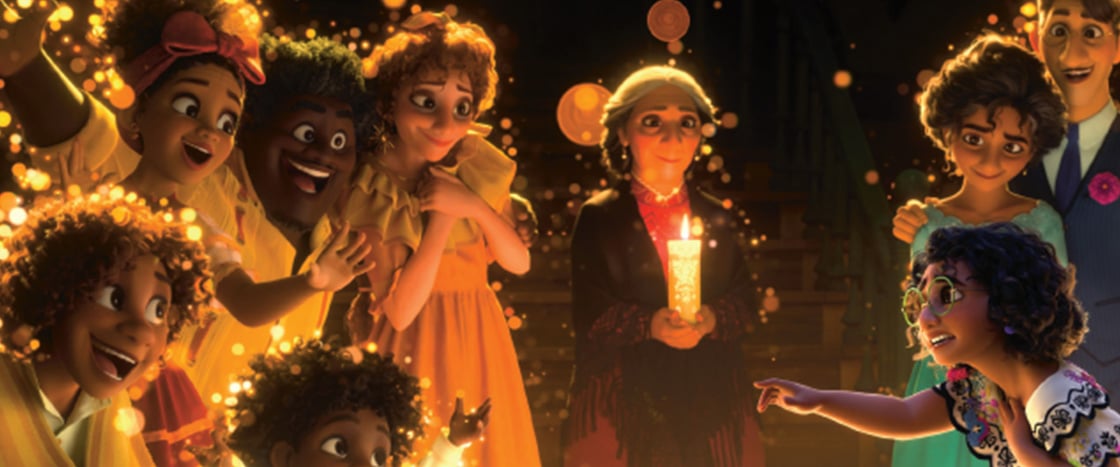Growing up in São Paulo, Brazil, Renato dos Anjos (reh-NAH-toh dohss AN-yohss) loved to draw. “I had a comic strip that I made with one of my neighbors,” he says. Dos Anjos learned the basics of animation as a teenager when he worked with a family friend at a Brazilian animation studio.
Today, Dos Anjos leads a team of more than a hundred people at Walt Disney Animation Studios. They use technology to bring expression, movement, and personality to movie characters. Dos Anjos has worked on 17 films, including Zootopia and Encanto. He recently spoke with SuperScience about his work.
Renato dos Anjos (reh-NAH-toh dohss AN-yohss) grew up in São Paulo, Brazil. He loved to draw as a kid. “I had a comic strip that I made with one of my neighbors,” he says. Dos Anjos learned the basics of animation as a teen. He worked with a family friend at a Brazilian animation studio.
Today, Dos Anjos works at Walt Disney Animation Studios. There, he leads a team of more than a hundred people. They use technology to animate movie characters. That means they create the characters’ movements. Dos Anjos has worked on 17 films. They include Zootopia and Encanto. He recently spoke with SuperScience about his work.

